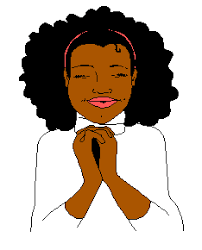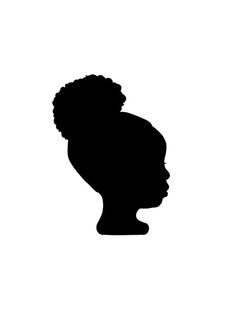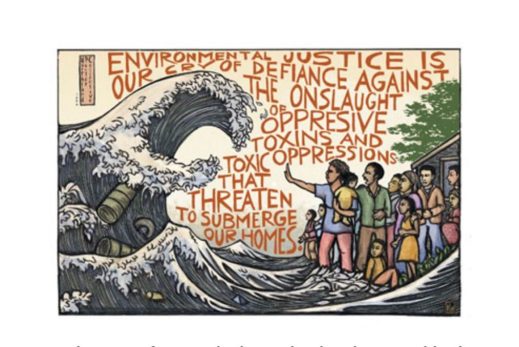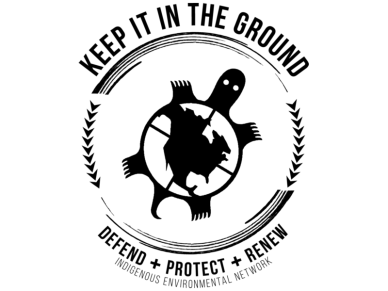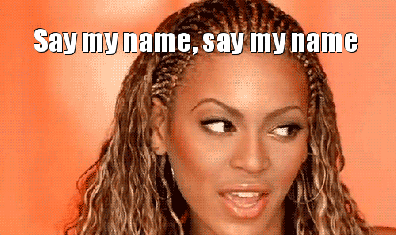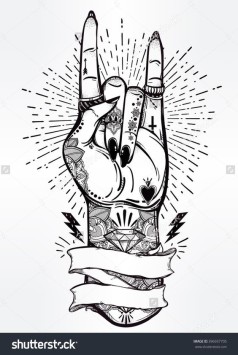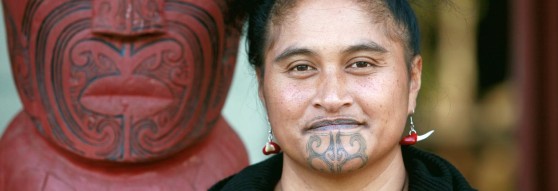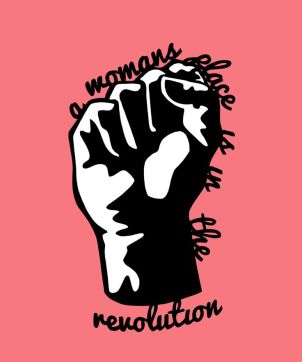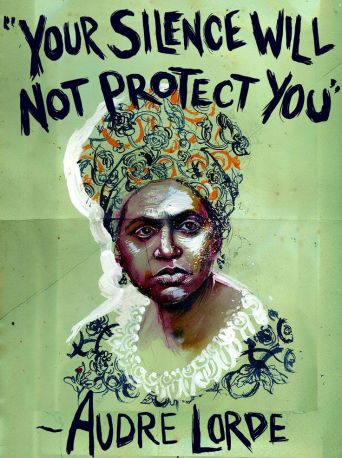Content warning: rape mention

(Source: Unite Virginia)
Around the world, the approval for same-sex marriage can cause LGBTQ+ couples abundant happiness. However, there are complications for South Asian Brits looking for the same bliss. Some face struggles in welding family and personal life together.Many lack the necessary safety in “coming out” and/or pursuing a same-sex marriage openly with their families. Let’s look at a few of these pressures in the United Kingdom and England.
In my post, I will often use the acronym GSD (Gender and Sexuality Diverse) to refer to the LGBTQ+ community.
Past and Present: Attitudes on Marriage
1983 – People indicated an overall 15 percent approval for same-sex marriages, according to the British Social Attitudes study.
2004/2005 – Civil partnerships became legal in the United Kingdom.
2014 – Same-sex marriage became legal in England, Wales, and Scotland.
2016 – With a significant increase, the British Social Attitudes study reported an approval rating of 60% in the general British population.
Spanning from 2005 – 2015 roughly 140,000 couples married or engaged in a civil union.
Gay, South Asian, and Living in the United Kingdom and in England
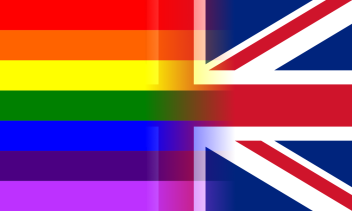
(Source: Queerty)
Pavan Amara critiques the hassles gay and lesbian South Asian young men and women face when seeking partnership. Here’s the truth. Some individuals seek “sham marriages” or “marriages of convenience” which enact a protective, illusionary-heterosexual disguise. In other words, individuals marry an opposite-sex partner with the intention this action will appease familial pressures.
While some celebrate the access to having a same-sex marriage or partnership openly, others fear the worst from their families, communities, or outside homophobes. Real threats include physical violence, murder, and corrective rape.
Careful Living
Survival mechanisms vary from person to person in these situations. Some noted they created a fictional environment in their homes, where parents and/ or others would assume a spouse lives with them. These arrangements are made through marriages of convenience or forced marriages.
One gay man shared how strewn items of his legal wife were dispersed through the house; although, his lesbian wife lived elsewhere with her partner. The man stated, “I don’t have a boyfriend at the moment, so I live alone. But if anyone turns up I call her, and she’s here.” (Source: The Independent)
Individuals have gone as far as fabricating medical documents and disclosing the tricky situation with doctors. The assumption for a couple includes that one day the two will have children. Procreation, a theme found in various religions all over the world, marries the idea that two families are interconnected.
For GSD South Asians, religious scrutiny influences a great deal of pressure. Marriage of Convenience websites such as; Mocmatch, Saathinight, and Al-Jannah connect a significant amount of British Muslims and Hindus seeking partnerships. Tremendous planning must be interchanged between potential couples on excuses for not having children, and/or the role of their spouse in the home.
Double-Life Ensures Family Bonds
The outsides pressures we discussed affect some South Asian individuals down to the core of their identity. Jasvinder Sanhera, the founder of a GSD support organization Karma Nirvana, states:
“They would be totally ostracized and disowned…or they may risk significant harm or even murder in some cases.”
For individuals, who emigrated to the United Kingdom and parts of England, their native countries enforce much stricter laws concerning homosexuality.
Bangladesh: Individuals engaged in homosexual activity can face up to 10 years in prison or for life.
Sri Lanka: The country regards all homosexual activity as illegal, and does not recognize a third gender.
Pakistan: Imprisonment includes a minimum of 2 years and a maximum of a life sentence. The country recognizes a third gender (read: transgender, gender non-conforming), and this identification is protected by the Supreme Court.
India: In 2009, a ban decriminalized homosexual activity. However, four years later the country reenacted a ban, which includes life imprisonment for individuals involved.
The way I see it – GSD folks are limited far as freedom of expression, freedom of choice, and freedom of belonging to a family unit. We could argue that people create their own families, and are not limited to the biological-formed ones. However, let’s be real.
Depending on how we’re raised, the issue of belonging weighs on each of us differently. A lot of themes carry from childhood to adulthood; feelings of shame, personal autonomy, and our vantage point for the wider world.
From the articles about “sham marriages” in the United Kingdom, the message remains that many GSD folks live in the closet or at least have to keep a few extra clothes there – in case of the expected worst situations.
Although I identify as someone in the GSD community, my fears have not piqued at the level some of these individuals are facing. Do you tell your parents and close community that you’re not straight? I suppose that depends on where you are, your support group, personal stance, and understanding of the safety in your environment.
Solutions Take a Village

(Source: Redbubble)
Thankfully – people rally for justice and share their support for those in difficult situations. If you or some you know are in need of resources in the United Kingdom, consider the following organizations.
Disclaimer: I do not have a personal affiliation with any of the organizations listed, and cannot vouch organizations are safe spaces for those in the South Asian GSD community. Extended research should help guide any immediate or future decisions.
Naz Asia:
This organization offers sexual health services and information catered towards to the South Asian population in the United Kingdom.
http://naz.org.uk/what-we-do-at-naz/naz-asia/
Stonewall Housing:
A compilation of resources that includes external links. This organization works in providing safe housing for GSD folks.
http://www.stonewallhousing.org/about-us.html
What are your thoughts? Would you enter a marriage of convenience and why? How can we better support our brothers, sisters, and siblings in the United Kingdom (and everywhere – really)?









